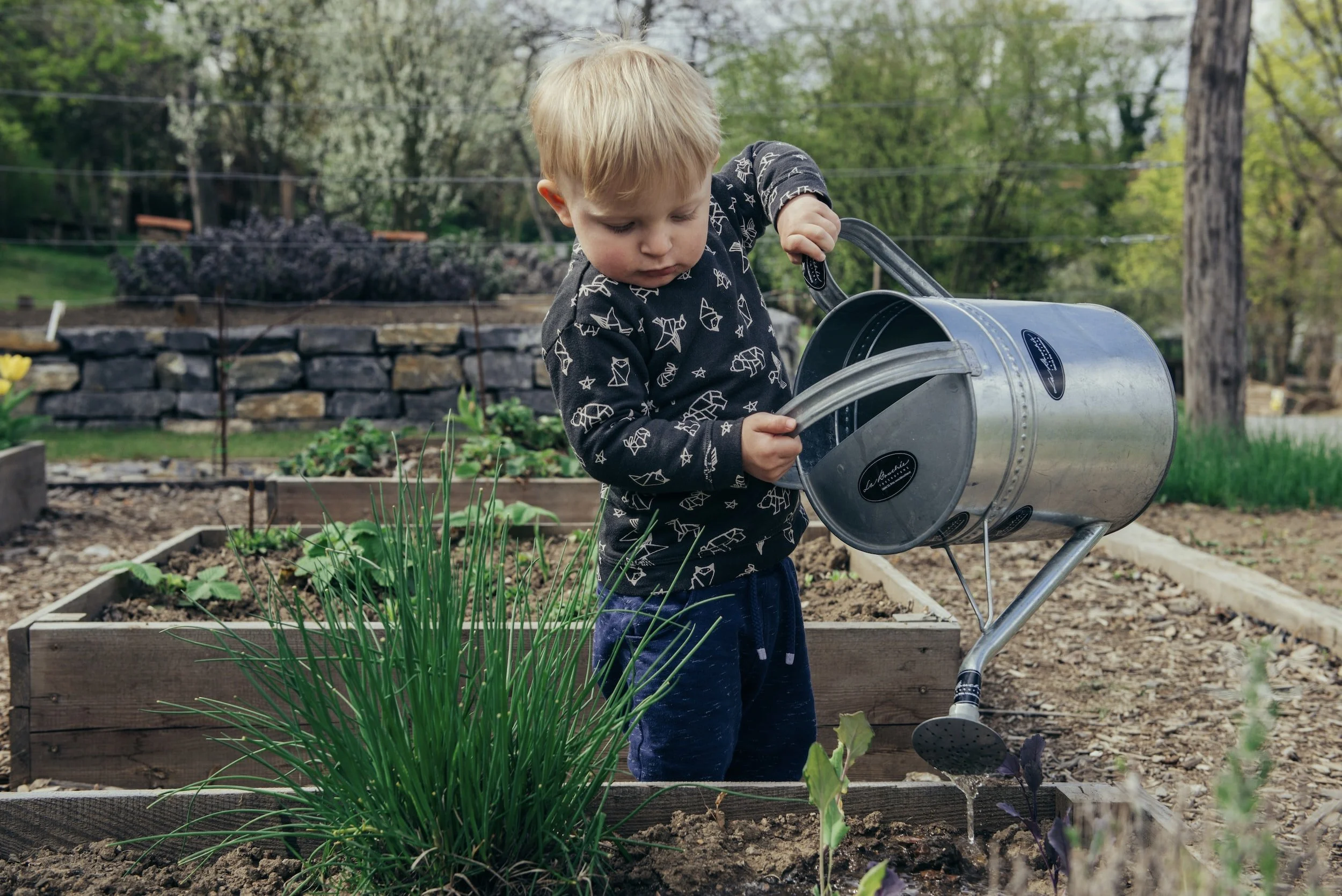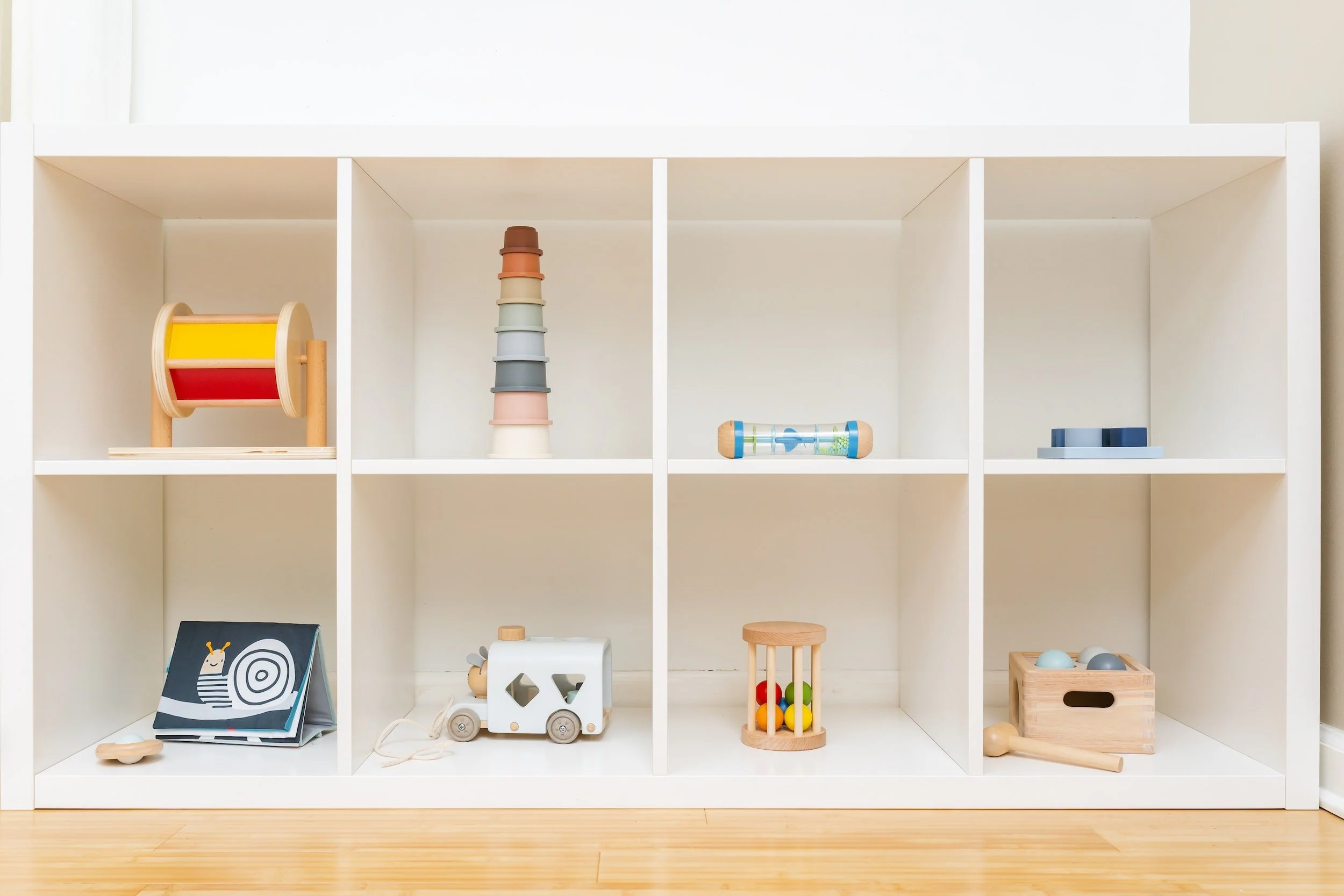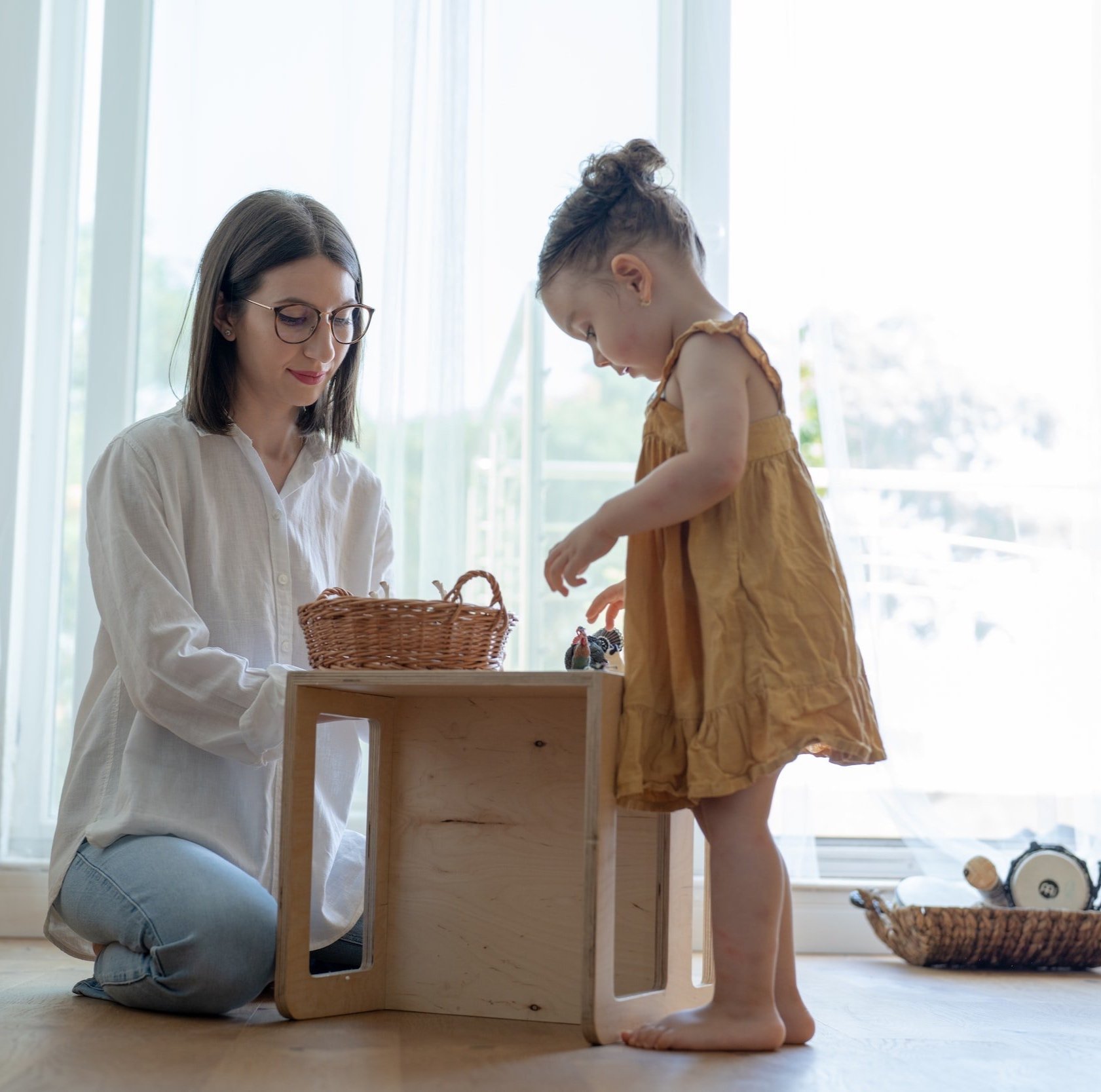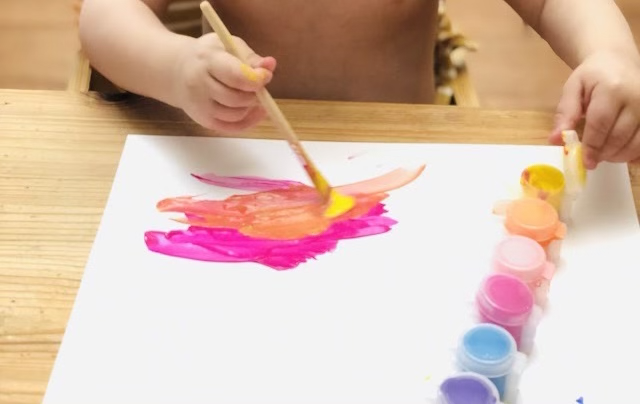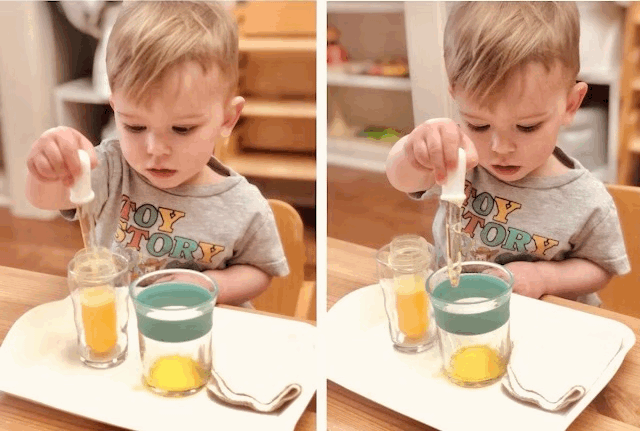What is Montessori?
-
![]()
The Founder
Dr. Maria Montessori started her career with children before graduating from the College of Medicine at the University of Rome. During the last two years of medical school, Montessori focused her time studying pediatrics and working in a children’s hospital.
Montessori’s method of teaching was derived from working with disabled children at the hospital and while she was appointed to take care of children from a local housing development (which later become her first school - Casa dei Bambini or “The Children’s House”).
With her experience came the discovery that children prefer having order, maintaining order, practicing practical life skills rather than playing, using real work materials rather than toys, and practicing self-care on their own. Montessori also found that children learned by receiving neither reward nor punishment, having the opportunity to make and learn from their own mistakes, having the freedom to choose what they want to work with, and doing things themselves.
These along with several other factors eventually became “The Montessori Method”.
-
![]()
The Method
Montessori is a method of education that is based on self-directed activity and hands-on learning. Unlike a traditional pre-school, children are encouraged to explore their Montessori classroom and make their own choices when it comes to selecting their learning material.
Montessori teachers value all students as a unique individuals and show respect for the children by modeling respectful and appropriate behavior, providing them with realistic and purposeful learning materials, allowing them to make their own choices (within limits), and letting them learn at their own pace.
The Montessori method also develops self-confidence and independence within the children leading them to become self-sufficient individuals that will later make impactful contributions to the world.
-
![]()
The Environment
A well prepared Montessori learning environment consists of order, calmness, and purposeful learning materials.
Our meaningfully structured and child-centered learning space is designed to aide each child’s absorbent mind and continuously expand their curiosity.
In a Montessori classroom you would likely find children choosing their own “works”, working on activities on their own or with their peers, using realistic learning materials, cleaning up their works and eating space when they are finished, eating with silverware and glassware, practicing respect for others and their environment, and teachers constantly observing the children, providing activity lessons, guiding students when needed, and maintaining a safe and healthy learning environment.
Students as well as teachers always show respect for one’s self and their surrounding environment. This could include practicing self-care, caring for others and caring for the classroom.
Additionally, you may be impressed to find the physical classroom free of clutter, orderly, inviting, calm and overall has a pleasing aesthetic.
-
![]()
The Impact
The Montessori method is designed to develop a life-long love for learning within each child.
Traditionally, students are forced to sit down and participate in one activity that is appointed by the teacher. At the end of the year, students are tested to determine how much they have learned. The traditional method of education develops a sense that learning is a chore.
The Montessori environment is quite the opposite. Children rather choose to learn new skills and are excited about school. This perspective on learning is derived from the freedom the children have in the classroom and the realistic learning opportunities that are provided.
Since Montessori children have a natural urge to learn, they are more likely to continue their education past high school than children taught in traditional classrooms.
Montessori Principles
-
![]()
Independence
Children begin moving toward independence from birth where they naturally have an urge to grow and develop.
Independence, as it relates to social relationships, is defined as the freedom from control by others and the freedom from dependency on others.
Similarly, Montessori students have the freedom to select their own “works” and are free from constant dependency on a teacher to tell them what to do next.
-
![]()
Hands-On Learning
In our classroom, we choose materials that we know will interest the child and will appeal to the child’s senses; thus, developing each child’s language, social, practical life, cognitive, sensory, and motor skills.
Learning materials are specifically designed to help the children develop a range of skills. Throughout each stage of a child’s development, we introduce new activities that compliment their needs and interests.
Hands-on learning takes place both inside & outside the classroom. Inside the classroom, we present activities on a work mat placed on the floor because it helps the child become accustomed to the idea of a workspace.
-
![]()
Prepared Environment
A prepared Montessori environment attracts the interests of the children by incorporating calmness, beauty, security, order, activities/materials designed for learning, and space and time to concentrate and learn.
Different from a traditional classroom where children are overwhelmed with toys or too much color; our classroom holds characteristics that are attractive, welcoming and conductive to learning.
Overall, our Montessori classroom fosters a sense of order, calmness and beauty while guiding students to become independent, self-sufficient, knowledgable, respectful, and kind citizens of the world.
-
![]()
Observation
Observing each child and their specific needs and interests allows teachers to prepare new or extended activities based on their skill set. In turn, the children are constantly intrigued and focused on their learning activities where they will develop a variety of skills.
A Montessori caregiver will be in tune with each child’s varying needs, abilities, and sensitive periods by observing each child, each day and recording the observations.
-
![]()
Respect
In the Montessori environment, respect for others and the environment is a priority.
Children can show respect by caring for themselves, for others, and their classroom. For example, they can wash their hands before eating, ask another student to use their work when they are done, or water the classroom plants.
Similarly, caregivers can show respect when they are speaking or listening to children by bending down to look in the child’s eyes while you are talking or listening to the child, listening without interruption when the child is talking, and using real language with children, rather than slang or “baby talk”.
-
![]()
Freedom within Limits
Children in a Montessori environment are free to move on from or keep practicing a task. This approach involves child-driven learning within limits; rather than teacher-driven.
This Montessori teaching method also gives the children “freedom” meaning the caregiver does not correct how the child holds an object, nor does the caregiver intervene or interrupt unless absolutely necessary and she will not let other children intervene as well.
This approach gives children the freedom to explore and learn for as long as his/her focus lasts.
-
![]()
Play is Work
Montessori teachers and students refer to the children’s activity as “work” rather than “play” because Maria Montessori believed that play is the important work of early childhood.
She placed value on children’s activities in the classroom by describing and treating them as work. This made the child’s work become not only an effort a child makes or a process the child follows to do something or make something that has value to the child or to the child’s environment, but also an activity the child finds enjoyable and interesting and valuable in itself for that reason.
-
![]()
Absorbent Mind
A child is not an empty vessel that needs to be filled with information; instead, children are capable of absorbing and learning from their environment, themselves.
While your child constantly absorbs information, our goal is to guide them along their path of curiosity by preparing an environment that ensures they reach their fullest potential.
-
![]()
Sensitive Periods
When a child is learning a new skill, they might repeat the task over and over again. This is what we call a sensitive period.
Careful and constant observation of each child is vital in order to notice when a child is going through a sensitive period. It is our job as guides to provide appropriate opportunities for the child to focus their attention and energy on the task until the child has mastered their new skill.
-
![]()
Control of Error
Working with materials and activities that have a control of error is valuable to a child’s development because making mistakes and correcting them helps the child develop confidence in their abilities and decisions. All of the materials in our classroom are designed for control of error.
-
![]()
Practical Life Skills
Each learning material in our classroom encourages your child to develop skills that will prepare them for their everyday life.
Our practical life activities help develop skills that will be used in the real world such as preparing food, watering plants, getting dressed, etc. These activities benefit children because they not only help develop motor skills, but they also develop confidence, independence, and social skills.




